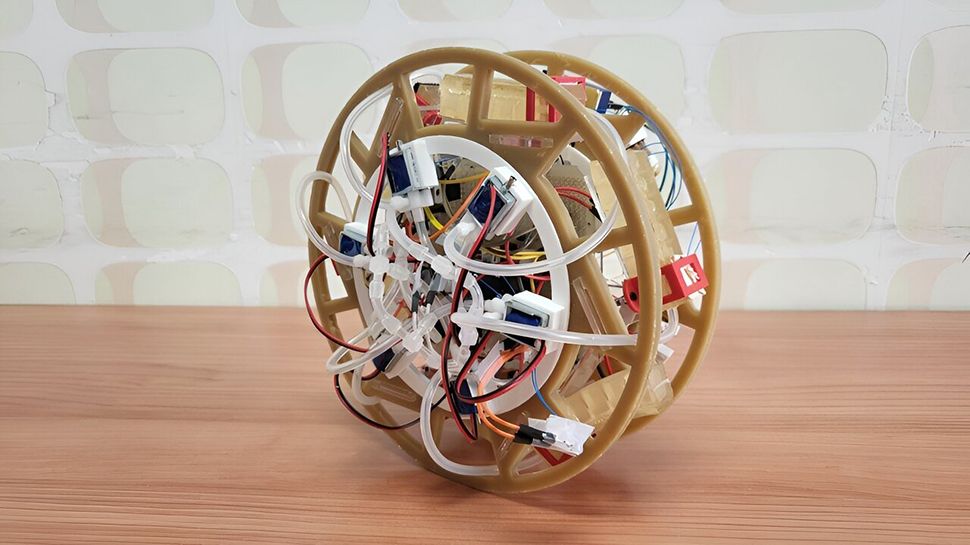Swiss scientists at EPFL (École Spéciale de Lausanne), along with researchers from other universities, are working on creating robots that are not only functional but also biodegradable and safe to eat.
These robots could potentially reduce electronic waste, deliver nutrition and medicines, monitor health, and provide new culinary experiences.
The RoboFood project explores using edible materials to replace traditional non-edible components. For example, gelatin can be used in place of rubber, rice cookies used for foam, and chocolate films can protect robots in humid environments. Other innovative materials include a conductive ink made from activated carbon and gummy bears.
Challenges ahead
Progress on edible robots has been slow, but steady. In 2017, scientists created an edible gripper. In 2022, a drone with rice cookie wings and gelatin glue was designed, as well as a rolling robot with gelatin legs and an edible tilt sensor. In 2023, they developed the first rechargeable edible battery made from riboflavin and quercetin, capable of powering small devices safely.
“Bringing robots and food together is a fascinating challenge,” says Dario Floreano, director of the Laboratory of Intelligent Systems at EPFL and first author of new RoboFood perspective published in Nature Review Materials.
In 2021, Floreano joined forces with Remko Boom from Wageningen University, Jonathan Rossiter from the University of Bristol, and Mario Caironi from the Italian Institute of Technology to launch RoboFood.
Despite progress, challenges remain, such as understanding how humans and animals perceive reactive, edible robots, and integrating electrical and mechanical parts seamlessly. Researchers face hurdles in combining components that use electricity to function with those that use fluids and pressure to move.
Other problems in the quest to produce fully edible robots include working out how to miniaturize components and extend the shelf life of robotic food, as well as what is obviously a rather important step – how to make robots taste nice.






